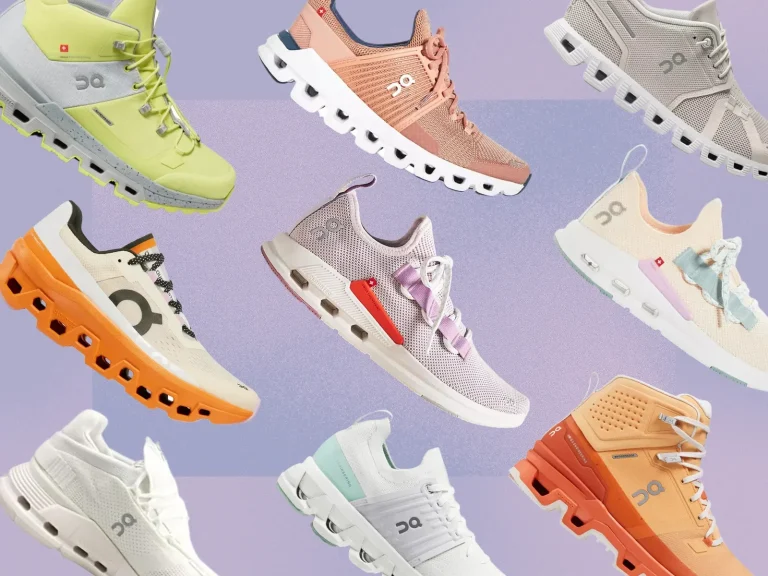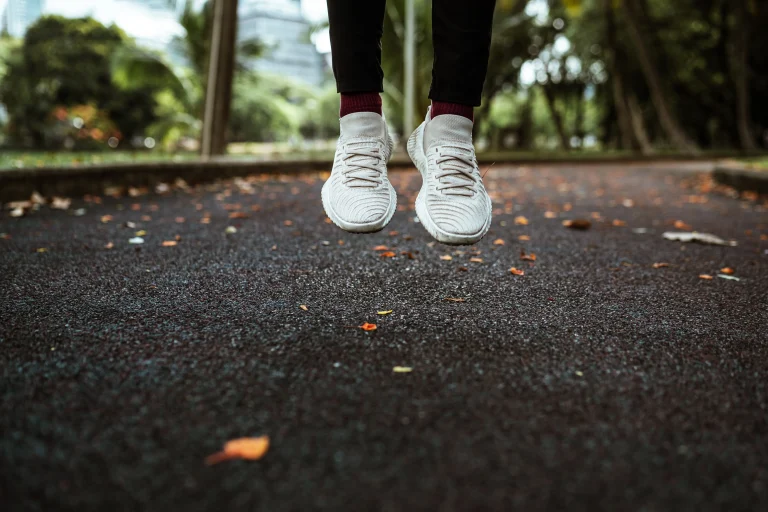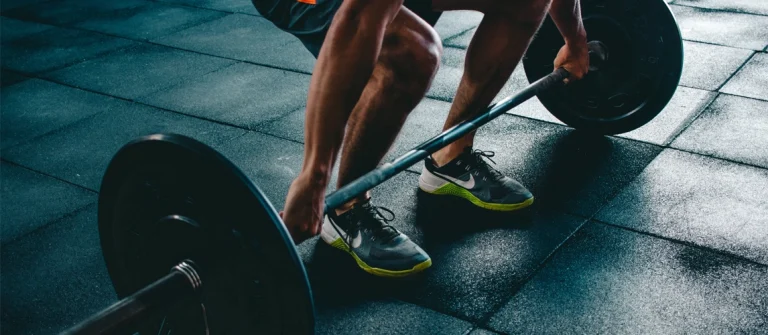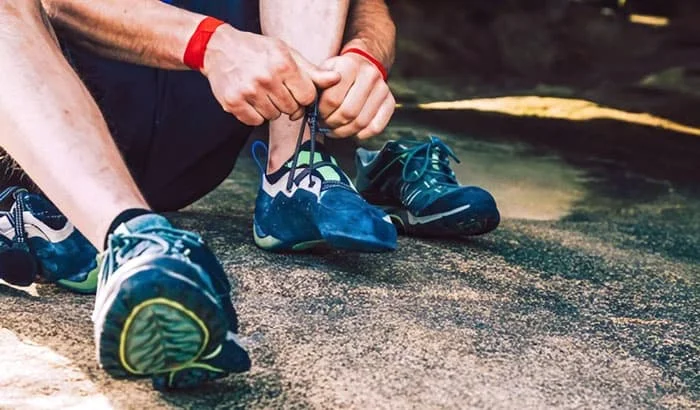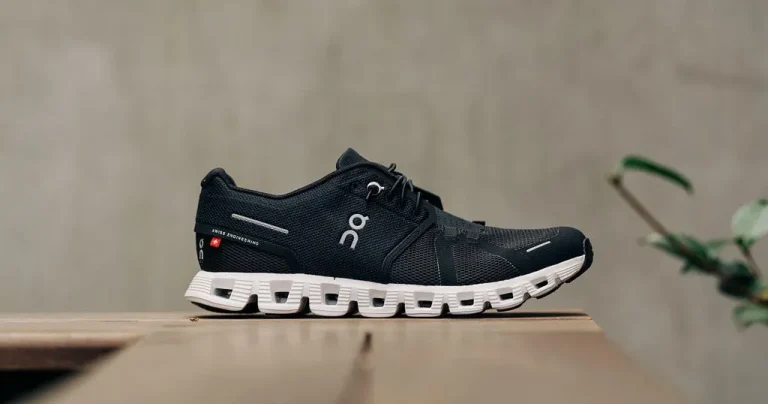How Long Do Tennis Shoes Take To Dry
Properly drying your tennis shoes is essential to maintain their quality and prevent any unpleasant odors. However, the time it takes for tennis shoes to dry can vary depending on several factors. In this article, we will explore these factors and provide you with valuable tips on how to dry your tennis shoes efficiently. By understanding the key factors that influence drying time and implementing effective drying methods, you can ensure that your tennis shoes are ready for your next game or workout in a timely manner.
Whether you prefer air drying, using a fan or hairdryer, or utilizing a drying machine, we will cover the pros and cons of each method and provide you with practical advice. So, let’s delve into the world of drying tennis shoes and discover the best techniques to get them dry and ready for action.
how long do tennis shoes take to dry?
It is very difficult to tell how long do tennis shoes take to dry? because dry time is not fixed. The time it takes for tennis shoes to dry can vary depending on several factors. The material of the shoes, the level of saturation, and the environmental conditions all play a role in determining the drying time. Shoes made of materials like leather, canvas, or synthetic fabrics have different levels of absorbency, with some materials taking longer to dry than others. Drying your shoes may take as little as 20 minutes or as long as a whole night. Additionally, heavily saturated shoes will naturally take longer to dry compared to shoes that are only slightly damp.
The surrounding environment, including factors like humidity, temperature, and air circulation, also affects drying time. In general, air drying can take anywhere from a few hours to a day or more, depending on these factors. It’s important to allow the shoes to dry completely before wearing them again to prevent any discomfort or potential damage. By considering these factors and using proper drying techniques, you can ensure that your tennis shoes are ready for your next game or workout in a timely manner.
Factors Affecting Drying Time Tennis Shoes
Several factors can influence the time it takes for tennis shoes to dry. Understanding these factors can help you estimate the drying time more accurately and choose the most effective drying method. Here are the key factors to consider:
Material of the tennis shoes
Different materials, such as leather, canvas, or synthetic fabrics, have varying levels of absorbency. Shoes made of materials that absorb moisture more easily may take longer to dry.
Level of saturation
The extent to which your tennis shoes are soaked or damp will affect the drying time. If they are only slightly wet, they may dry faster compared to heavily saturated shoes.
Environmental conditions
The surrounding environment plays a significant role in drying time. Factors like humidity, temperature, and air circulation can either speed up or slow down the drying process. Warmer and drier conditions with good airflow generally facilitate faster drying.

By considering these factors, you can better estimate the time required for your tennis shoes to dry and choose the most suitable drying method accordingly.
Drying Methods Of Tennis Shoes
There are several methods you can use to dry your tennis shoes effectively. Each method has its own advantages and considerations. Here are three common drying methods:
Air drying
This method involves allowing your shoes to dry naturally in the open air. To air dry your tennis shoes, follow these steps:
- Remove any excess moisture by blotting with a towel.
- Loosen the laces and open up the shoe to promote airflow.
- Place the shoes in a well-ventilated area, away from direct sunlight or heat sources.
- Allow the shoes to dry completely, which may take anywhere from a few hours to a day or more, depending on the factors mentioned earlier.
Using a fan or hairdryer
This method can expedite the drying process by increasing airflow. However, caution must be exercised to avoid damaging the shoes or causing excessive heat. Here’s what you need to know:
- Set the fan or hairdryer to a low or cool setting.
- Keep a safe distance from the shoes to prevent overheating or melting.
- Move the fan or hairdryer around to ensure even drying.
- Check the shoes regularly to avoid overheating and monitor the drying progress.
Using a drying machine
Some modern drying machines have specific settings for shoes. However, not all shoes are suitable for machine drying, so check the manufacturer’s instructions. If suitable, follow these steps:
- Remove any loose dirt or debris from the shoes.
- Place the shoes in the machine, ensuring they are properly secured.
- Select the appropriate shoe drying setting.
- Monitor the drying process and remove the shoes once they are dry.

By choosing the right drying method and following the recommended steps, you can effectively dry your tennis shoes while preserving their quality.
Tips for Faster Drying Tennis Shoes
If you’re looking to speed up the drying process for your tennis shoes, here are some helpful tips to consider:
Removing insoles and laces
Take out the insoles and loosen or remove the laces. This allows better airflow inside the shoes, helping them dry more quickly.
Stuffing with newspaper or paper towels
Crumple up newspaper or place paper towels inside the shoes. These absorbent materials can help draw out moisture and speed up the drying process.
Placing in a well-ventilated area
Find a well-ventilated spot with good airflow to dry your shoes. This could be near an open window, a fan, or even outside (if weather permits). Proper ventilation helps moisture evaporate faster.
Avoiding direct heat sources
While it may be tempting to use direct heat sources like radiators or heaters, it’s best to avoid them. Excessive heat can damage the shoes or cause them to lose their shape. Stick to gentle drying methods instead.

By implementing these tips, you can accelerate the drying time of your tennis shoes. Remember to monitor the progress and ensure that the shoes are completely dry before wearing them again.
Conclusion
In conclusion, the drying time for tennis shoes can vary depending on factors such as the material of the shoes, the level of saturation, and the environmental conditions. Shoes made of different materials have varying levels of absorbency, which can affect drying time. Additionally, heavily saturated shoes will take longer to dry compared to shoes that are only slightly damp. The surrounding environment, including humidity, temperature, and air circulation, also plays a role in drying time. Generally, air drying can take anywhere from a few hours to a day or more.


